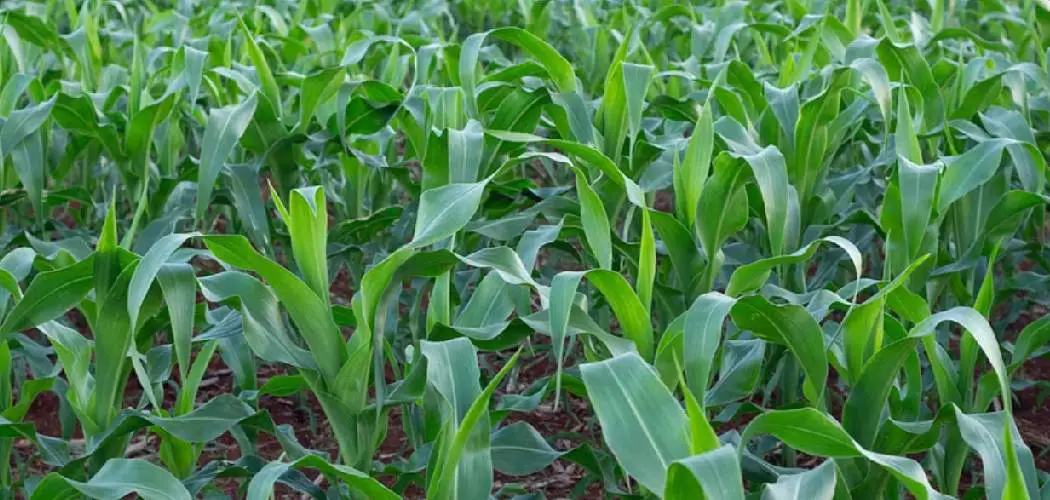Growing your own corn is a rewarding project, offering homegrown flavor, better nutrition, and the joy of harvesting directly from your backyard. For many gardeners, learning how to grow corn in backyard spaces is the start of a satisfying journey in food production. Corn can thrive even in small plots, providing a bounty for fresh meals, preserving, or sharing with neighbors. Whether you’re new to gardening or looking for a new challenge, this guide gives you all the steps to ensure a healthy and abundant corn harvest in your yard.
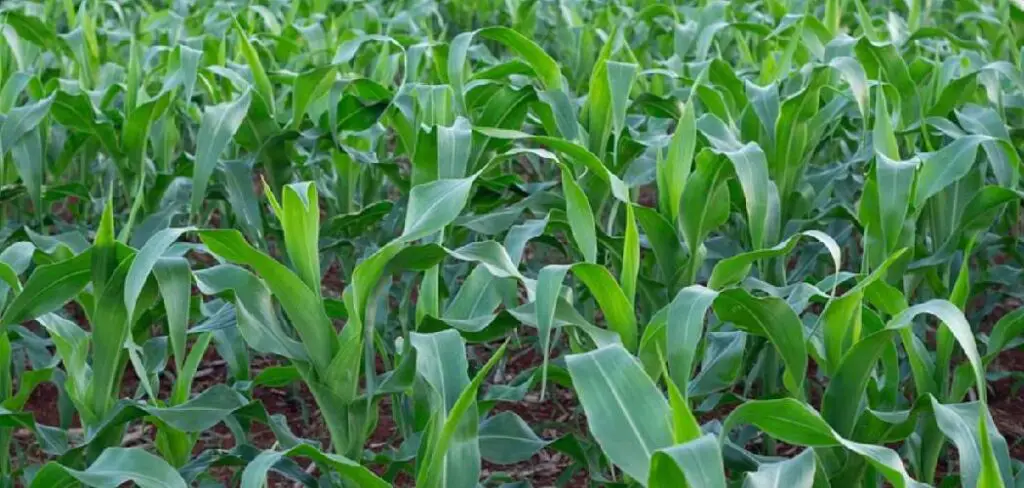
Understanding Corn as a Crop
Corn is an annual grass that goes through distinct growth stages: germination, vegetative growth, tasseling, silking, pollination, and finally, kernel development. Corn enjoys warm conditions, thriving when the soil warms above 60°F (16°C) and nighttime frost is no longer a concern. Full sun and fertile, well-drained soil are essential, with corn benefiting from nutrient-rich environments and consistent moisture.
Why Corn Grows Well in Backyards
Corn is well-suited to backyard gardens because it’s space-efficient, grows quickly, and yields high amounts per square foot. If you choose the right spot and care for it throughout the season, your backyard will easily meet corn’s needs for sunlight, space, and protection from strong winds.
Preparing the Backyard for Corn Growth
Preparation is critical for a robust corn crop. Two things matter most: picking the right location and prepping the soil.
Selecting the Right Spot in the Backyard
Pick a spot that gets full sun for at least six to eight hours a day. Avoid locations that are too shaded by trees or buildings, as insufficient sunlight stunts growth. Wind protection helps as well since strong gusts can knock over tall stalks—plant near a fence or use dense plantings for shelter. Ensure water drains well after rain to keep roots healthy.
Preparing the Soil
Healthy soil means healthy corn. Start by testing the pH level—6.0 to 6.8 is ideal. Amend the soil with compost or well-rotted manure to add nutrients and organic matter. If your soil is too acidic, add lime; if it’s alkaline, mix in peat moss or sulfur. Work the amendments at least 8 inches deep, as corn roots reach down for stability and food.
Choosing the Right Corn Variety
The right variety makes a big difference in your harvest. There are four main types:
- Sweet Corn: Best for eating fresh, grilling, or boiling.
- Field Corn: Used for animal feed, flour, or meal.
- Popcorn: Pops into a delicious snack.
- Ornamental Corn: Used for decoration, not eating.
Check seed packets for information about climate suitability, days to maturity, and disease resistance. In cooler regions, pick early-maturing hybrids. If your summers are long, try varieties that take longer to produce but may yield larger ears.
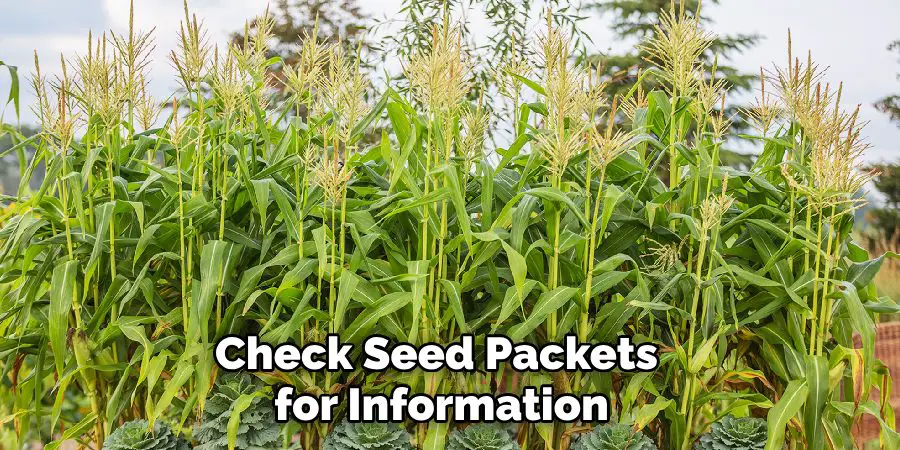
How to Grow Corn in Backyard: Planting Corn Seeds
Proper planting is the foundation for a productive crop.
When to Plant Corn
Plant corn after the danger of frost has passed and the soil has warmed. In most regions, late spring is best—typically when the soil reaches at least 60°F (16°C). Planting too early into cold, wet ground can cause seeds to rot.
Spacing and Planting Technique
Corn relies on wind for pollination, so plant it in short blocks or squares rather than a single row. Space seeds 8-12 inches apart in rows that are 24-36 inches apart. Plant seeds 1-2 inches deep in loose soil. This setup boosts pollination rates, leading to fuller, more delicious ears.
Watering and Initial Care
Once planted, water the seeds thoroughly but gently. Keep soil moist but not soggy during germination, which usually takes 7-10 days. As seedlings emerge, thin them to the strongest plants, maintaining proper spacing.
Caring for Growing Corn Plants
Tending corn is a hands-on job that pays off at harvest.
Watering and Fertilizing
Corn is a thirsty plant, needing about 1-1.5 inches of water per week, especially when ears are developing. Water deeply so roots grow strong. Fertilize with a balanced product when plants are about 8 inches tall and again when they start to tassel.
Managing Weeds and Pests
Weed early and often, especially before the corn grows tall enough to shade the ground. Lay mulch to suppress weeds and conserve moisture. Watch for pests like cutworms, corn earworms, and aphids. Remove them by hand, use row covers, or apply organic insecticides if required.
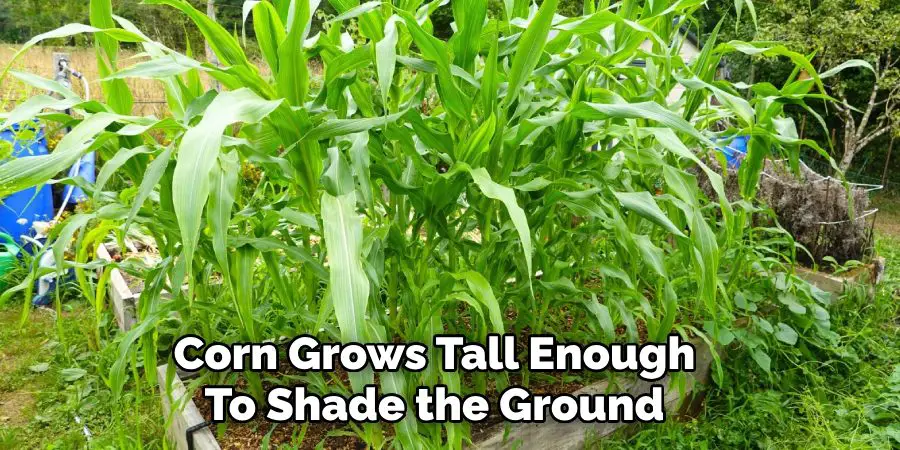
Supporting Corn as It Grows
Good support keeps corn healthy through wind and storms.
Providing Stability for Stalks
As corn shoots up, mound soil around the base of each stalk to anchor the roots. This simple act—called “hilling”—prevents plants from lodging (falling over) in bad weather.
Encouraging Pollination
Since corn is pollinated by wind carrying pollen from tassels to silks, block planting is crucial. If your crop is small or conditions are still, help nature by gently shaking the stalks or hand-pollinating with a small brush.
Recognizing When Corn Is Ready to Harvest
A timely harvest means peak flavor and sweetness.
Checking for Ripeness
Corn is ready when the silks turn brown and dry, but the husks remain green. Pull back the husk and puncture a kernel with your thumbnail—if a milky liquid seeps out, your corn is ripe. If the liquid is watery, it’s not ready; if it’s doughy, the optimum time has passed.
Harvesting Techniques
Grip the ear firmly, twist downward, and pull. Harvest in the morning or evening when sugar content is highest. Handle gently to avoid damaging plants you haven’t picked yet.
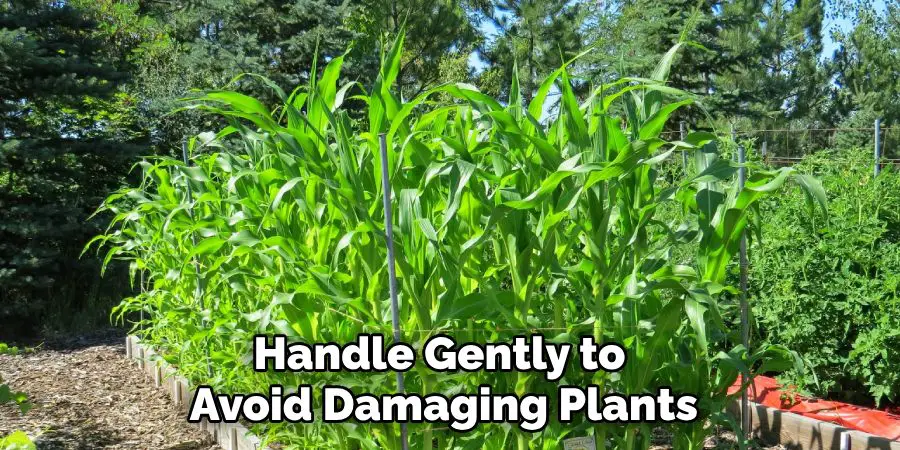
Using Backyard Corn Post-Harvest
Corn is versatile—use yours fresh, preserve it, or upcycle the remains.
For sweet corn, eat it raw off the cob, steam, grill, or boil it. Freeze whole cobs or cut-off kernels for later meals. Field corn can be dried for flour or animal feed, while popcorn varieties are perfect for family movie nights. Corn husks and stalks can be composted, used in fall decorations, or even braided into crafts.
Common Mistakes to Avoid
Even experienced gardeners run into trouble. Watch out for common missteps:
- Planting Too Close Together: Overcrowding weakens stalks and leads to poor pollination.
- Inconsistent Watering: Dry spells reduce yield; water regularly.
- Neglecting Weeding: Weeds steal water and food.
- Ignoring Pests: Act early to prevent blossoms and ears from being ruined.
Preventing these mistakes keeps your corn crop on track from seed to ear.
Benefits of Growing Corn at Home
Growing corn in your backyard is more than just filling your pantry. It connects you with your food, saves money, and gives you full control over what goes into your food. Environmentally, you reduce transportation mileage and enrich your garden ecosystem by supporting biodiversity. Best of all, corn is a stunning and rewarding focal point in any family garden. Once you experience the benefits of growing your own corn, there’s no going back.
Connect with Your Food
Growing your own corn allows you to fully understand the process from seed to table. You’ll learn about different varieties, planting techniques and timing, and proper soil preparation for a successful harvest. This connection with your food helps you appreciate its value and taste even more. Plus, you’ll have the satisfaction of knowing exactly where your food came from and how it was grown.
Get Creative in the Kitchen
There are countless ways to cook and enjoy fresh corn. You can grill it, boil it, bake it, or even eat it raw straight off the cob. Corn also makes a great addition to soups, salads, salsas, and more. Growing your own corn allows you to experiment with different recipes and find new favorite dishes using this versatile vegetable.
Frequently Asked Questions About Growing Corn At Home
What Is The Best Time To Plant Corn?
The ideal time to plant corn is in the late spring, once the soil has warmed to at least 60°F (16°C). Corn thrives in warm weather and requires optimal soil temperatures for proper germination.
How Much Space Does Corn Need To Grow?
Corn plants should be spaced about 8-12 inches apart in rows that are 24-36 inches apart. It’s essential to plant corn in blocks rather than single rows to ensure proper pollination.
How Often Should I Water My Corn Plants?
Corn needs consistent moisture, especially during germination and ear development. Water your corn about 1-1.5 inches per week, ensuring the soil stays moist but not waterlogged.
Can I Grow Corn in Containers?
While corn is typically grown in the ground, it can be grown in large containers. Choose dwarf or smaller varieties of corn and ensure the container is at least 12 inches deep with proper drainage.
Do I Need To Fertilize Corn?
Yes, corn benefits greatly from regular fertilization. Use a nitrogen-rich fertilizer when the plants are about 6 inches tall and again when they reach knee height for optimal growth.
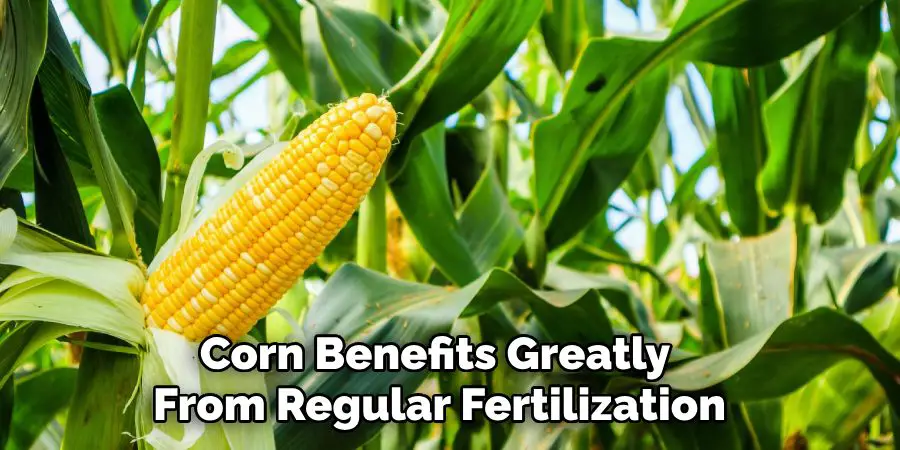
Conclusion
Learning how to grow corn in backyard plots is a journey worth taking. With smart preparation—picking the right spot, proper soil work, careful planting, and regular care—you’ll enjoy the taste of fresh corn all summer and fall. Be patient, stay attentive, and savor every stage, from seedlings to steaming ears on your table. Growing corn at home gives you fresh flavors, a sense of accomplishment, and a deeper connection to your own patch of earth.

